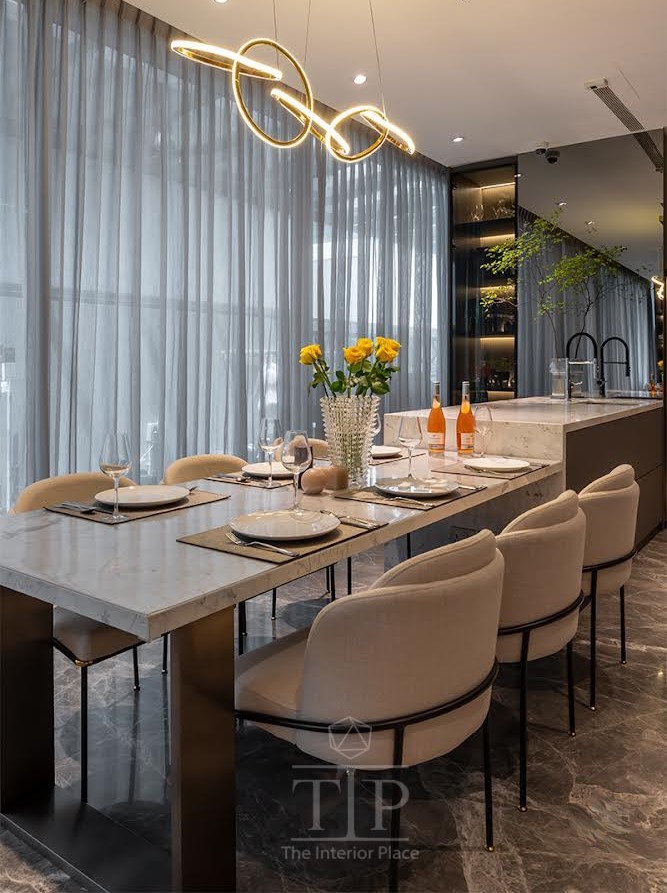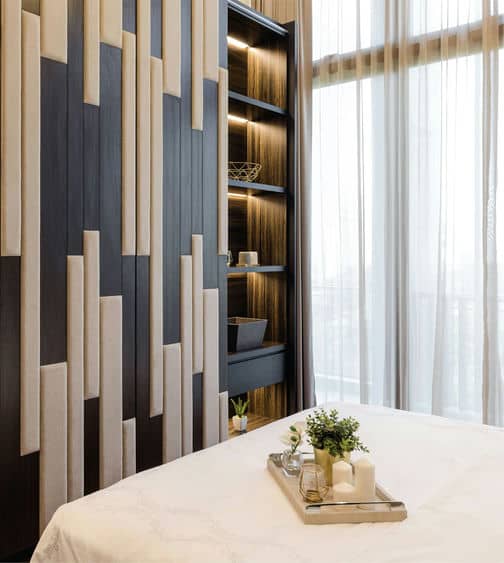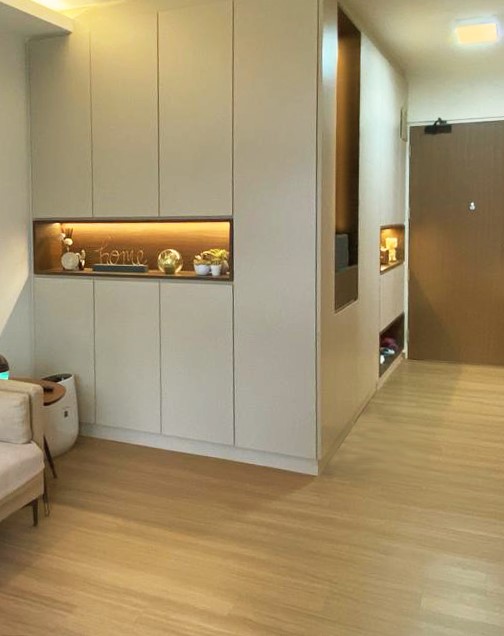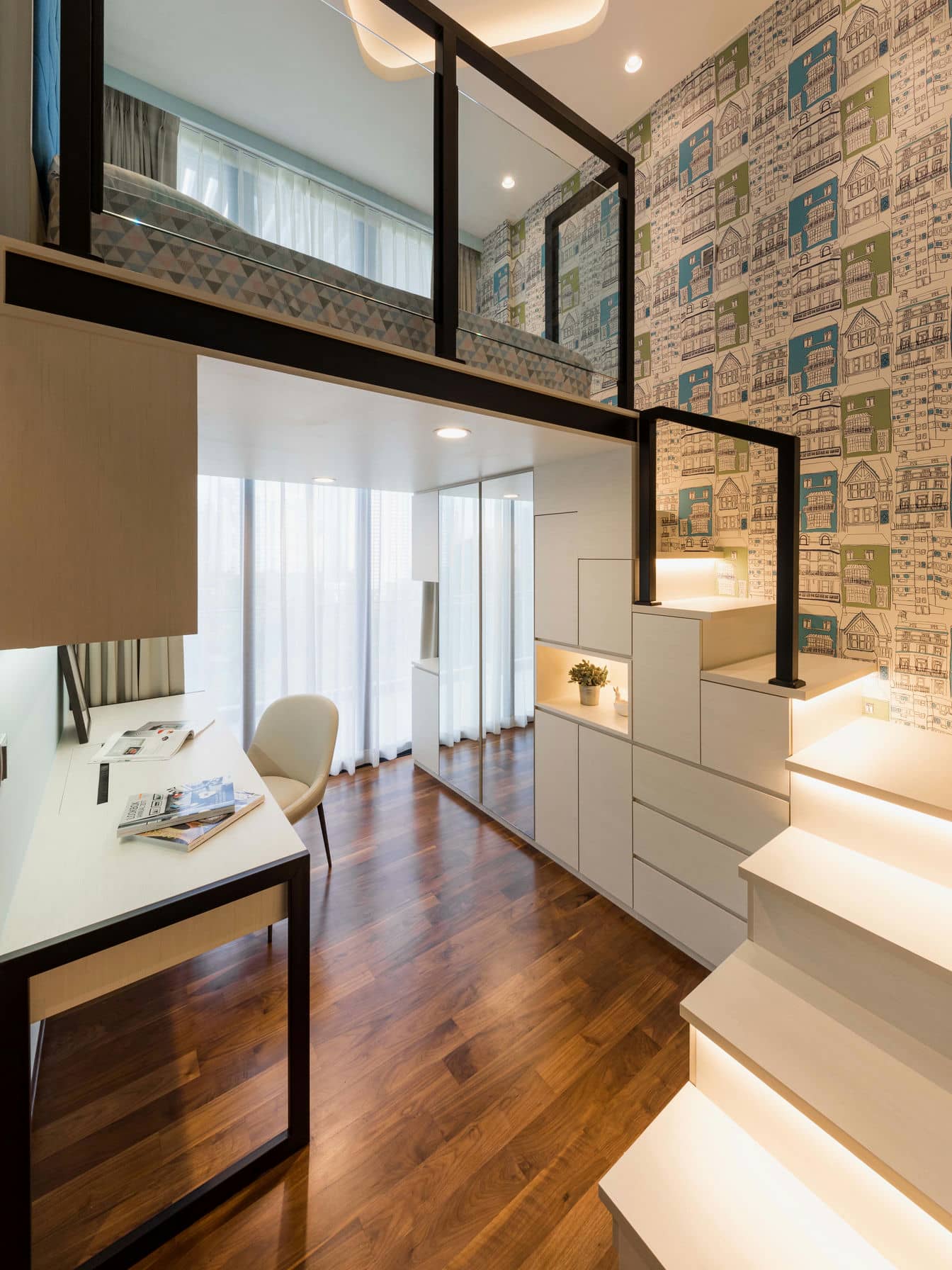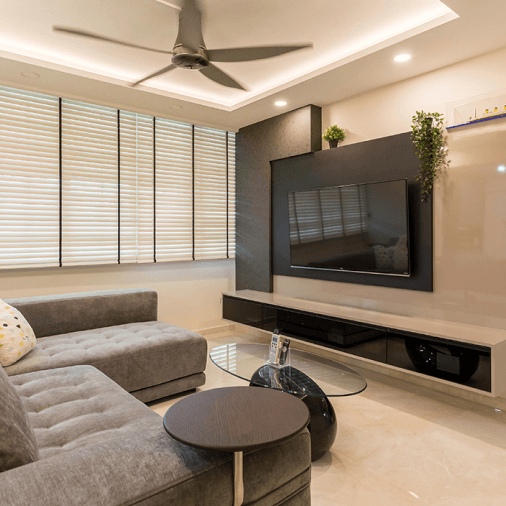Green Interior Design: Creating Sustainable and Stylish Spaces
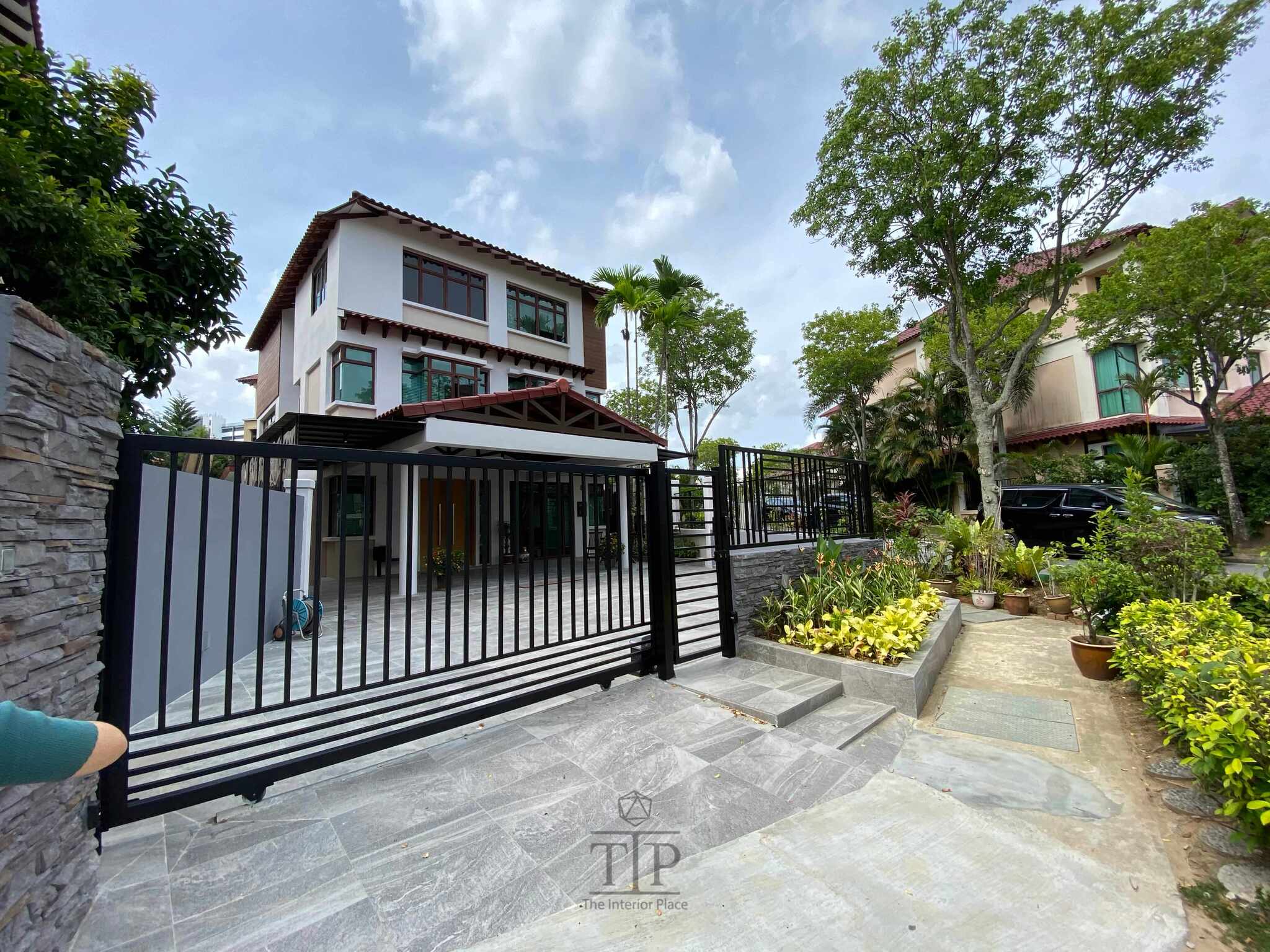
The Essence of Green Interior Design
Green interior design, also known as sustainable or eco-friendly interior design, revolves around the principles of reducing environmental impact while creating healthy and beautiful living environments. It seeks to minimize waste, conserve resources, and prioritize the use of sustainable materials throughout the design process.
Sustainable Material Selection
A fundamental aspect of green interior design is the careful selection of materials. Designers opt for eco-friendly materials such as reclaimed wood, recycled metal, and sustainably sourced furniture and decor. These choices not only reduce the demand for new resources but also infuse spaces with warmth, character, and a touch of history.
Energy Efficiency and Smart Technologies
Green interior design often goes hand in hand with energy-efficient solutions. The incorporation of LED lighting, smart thermostats, and energy-efficient appliances not only reduces energy consumption but also results in long-term cost savings. Designers aim to maximize natural lighting and ventilation to minimize the need for artificial lighting and climate control.
Biophilic Design Principles
Biophilic design is another key element of green interior design. It involves bringing the outdoors inside by incorporating elements such as indoor plants, natural materials, and large windows that connect occupants with nature. This not only enhances the visual appeal of spaces but also promotes mental well-being and a sense of tranquility.
Waste Reduction and Upcycling
Reducing waste and embracing upcycling are core principles of sustainable interior design. Designers and homeowners seek ways to repurpose existing furniture and decor items, giving them new life and preventing them from ending up in landfills. This practice adds a unique and personalized touch to interior spaces.
Low-VOC and Non-Toxic Finishes
Green interior design prioritizes the use of low-VOC (volatile organic compounds) and non-toxic finishes. Paints, adhesives, and sealants with lower VOC emissions not only contribute to better indoor air quality but also reduce environmental harm during manufacturing and disposal.
Water Conservation
Water-saving fixtures and appliances play a significant role in green interior design. Low-flow faucets, water-efficient toilets, and rainwater harvesting systems help reduce water consumption and the strain on local water resources.
Certifications and Labels
Green interior design projects often seek certifications and labels such as LEED (Leadership in Energy and Environmental Design) or WELL Building Standard to showcase their commitment to sustainability and occupant well-being. These certifications provide a framework for sustainable design and can enhance the market value of a property.
Eco-Conscious Furnishings and Decor
In the world of green interior design, furnishings and decor items are carefully curated for their sustainability credentials. Whether it's selecting organic textiles, eco-conscious upholstery, or artisanal products made from natural materials, every choice is a step toward creating an environmentally responsible space.
Conclusion
Green interior design is more than just a trend; it's a philosophy that is transforming the way we approach interior spaces. By embracing sustainable materials, energy-efficient technologies, and biophilic design principles, designers and homeowners can create interiors that are not only stylish and functional but also environmentally responsible. This approach benefits both the planet and the well-being of those who inhabit these thoughtfully designed spaces. In a world that increasingly values sustainability and eco-conscious living, green interior design is leading the way toward a greener, more harmonious future.
